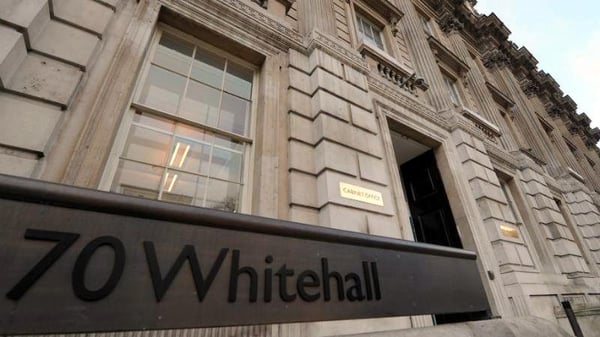Four essential tips to make government procurement more sustainable
At £284 billion per year, government procurement amounts to around one-third of all public expenditure. Ensuring that the public sector taxpayers get the maximum environmental benefit from that spend should be a key priority, and the government has already made great progress in encouraging that. But what else can government executives do to ensure that they get the greatest value for sustainability and social outcomes in buying goods and services?
The Greening Government Commitments introduced in 2011 made it compulsory for departments to take actions towards the reduction of their environmental impact. This included reducing water consumption and greenhouse gas emissions, minimising waste and promoting resource efficiency. But they also commit departments to several other aims, one of which is improving sustainable procurement.
To support these objectives, the UK Government introduced in 2020 the Social Value Model, which requires people who commission public services to secure wider social, economic and environmental benefits when delivering the requirements of the contract. Government must now require that at least 10% of the scoring for all procurements and bids are measured against the social value contributions.
Leaders and executives can follow these steps to ensure they get even greeter social value from their procurements:
1. Ramp up the Social Value Model
While the minimum weighting that should be applied to social value as per government guidance is 10%, leaders can request that contractors pledge more than that to win contracts. In the short term, that will ensure that only the best-performing suppliers on sustainability will be awarded contracts with the public sector. In the long term, it will ensure that standards are set on a permanent upward trajectory.
2. Choose your own preferred Social Value priorities
Government departments have a great deal of leeway around which activities are prioritised in the Social Value Model. The 10% and up can factor in a wide selection of objectives, ranging from ensuring equal opportunities for the workforce, for example, to fighting climate change.
That means that executives can specify specific areas that they would like suppliers to focus on, as they deliver on sustainability. This could include considering complementary priorities to the contract being procured. Alternatively, to maximise overall sustainability, contractors can be invited to come up with their very best package, based on their own specific capabilities.
3. Measuring success to ensure that work gets done
It is essential that any progress made against sustainability objectives is tracked and recorded. This will help to guide contractors in the right direction and hold suppliers accountable, as well as ensuring that they deliver on what they promise, stamping out the risk of so-called ‘green washing’. Requiring a SMART implementation plan in the procurement process may also help to hold suppliers to account, as would ensuring clear standards and robust methodologies to measure social value.
4. Ensure transparency to drive best performance
It follows that government departments need to be able to transparently measure performance and ensure quality. That can be achieved in a number of ways, but minimum standards of accreditation for suppliers are a good place to start. ISO certification, biodiversity net gain commitments and B-Corp status, among others, are standards that should be expected from contractors.
Alternative ways of driving sustainability
Of course, as the Government is one of the largest employers in the UK, and with one of the largest property portfolios, sustainability must also be driven in other ways.
Additional measures can include encouraging low-carbon travel options, by running cycle-to-work programmes, electric vehicle salary-sacrifice schemes, and even expanding annual leave to encourage low-carbon travel options for holidays.
For executives responsible for government buildings, there are a whole host of actions that can be taken to improve their sustainability, such as making premises more energy efficient by boosting building insulation, switching to low-carbon heating, installing LED lighting and generating electricity through solar panels. Promoting biodiversity on public land and encouraging more effective waste and water management are also ways of advancing sustainability. With 40% of the UK’s total carbon footprint coming from buildings, these measures can make a dramatic difference.





